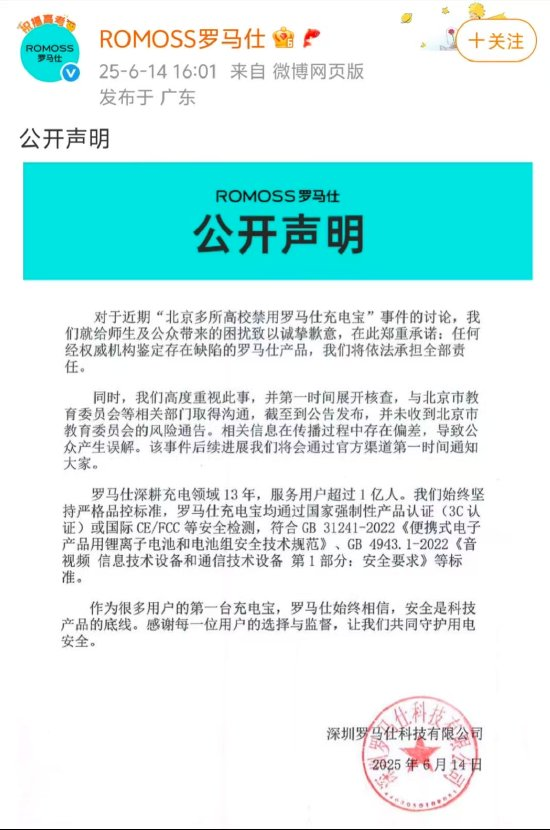
By Greg Gao
The chiplet technology are gaining popularity in China as the country seeks to gain more semiconductor self-sufficiency. However, this new alternative may serve as a shortcut for China's IC industry and can't solve all its problems related to advanced semiconductor manufacturing, noted a JW Insights analyst article.

Chiplet, a modular approach to chip design that integrates multiple circuit blocks on an interposer, makes chip making more efficiently.
As the advanced semiconductor manufacturing processes continue to upgrade and Moore's law is no longer valid, chiplet seems to become a popular alternative to cope with more challenges: The development of advanced manufacturing processes, the design cost and complexity of chips have greatly increased; With the improvement of the digitization of the entire society, the needs for more big data, consumer electronics, and autonomous driving are becoming more and more diverse. The chip innovation cycle continues to shorten, calling for more demands of customized chips.
The main feature of chiplet is to split the functional blocks in the SoC, and then integrate chips of different processes and properties. This bypasses the constraints of advanced manufacturing processes and uses relatively mature processes to achieve lower chip production costs, shorten product development cycles, and accelerate product iterations.
However, some industry experts in China are at odds over the role of chiplets. "Chiplet in the narrow sense is not suitable for the actual development of China's domestic semiconductor industry," said Huang Letian, an associate professor at the University of Electronic Science and Technology of China.
"China's route to vigorously develop advanced packaging and heterogeneous integration is correct, but the development direction should not be chiplet, at least for the top-tier semiconductor manufacturers in China. Chiplet aims to solve high-cost and low-yield problems in advanced manufacturing processes. It is basically a design method based on advanced packaging technology. When there is no advanced manufacturing technology and the advanced packaging technology is still weak, it is absurd to talk about chiplet." Huang added.
Chen Qi, a well-known semiconductor expert, further interpreted: Chiplet can be disassembled into three-layer concepts, namely heterogeneous architecture, chiplet, and SoC integration.
From the perspective of the industry chain, chiplet is a system-level project involving design, wafer fabrication, packaging, and testing. Zheng Li, CEO of JCET(长电科技), China's leading IC packaging house, said that the core of chiplet technology lies in how to obtain better performance by optimizing the layout during the packaging process. At the same time, the development of chiplet technology will inevitably require the evolution of chip interconnection technology and the establishment of more diversified new interconnection standards.
Misinterpretations of chiplet are rampant. Many people see it as an alternative solution to advanced manufacturing. They usually blindly exaggerate the transformative role of chiplet, while ignoring the challenges it faces in technology and industrialization, a JW Insights analyst pointed out.
For the current "chiplet fever" spreading in China's semiconductor field, Chen Qi believes that people in the industry must maintain restraint. As US sanctions continue to intensify, many people are caught up in the noise in the market and think that chiplet technology can help China bypass the curbs or replace advanced manufacturing processes with chiplets. They are wrong.
In essence, chiplet is not a specific technology but an innovative concept, which is a collection of various packaging technologies. At the same time, it brings changes in chip design patterns and methods, Chen added.
Currently, chiplet technology faces considerable challenges in design and testing, industry chain collaboration, and standardization. The biggest limitation of chiplet is that the entire ecosystem has not been established and the underlying technology has not been opened.
"For China, there are many benefits to developing chiplet. It helps chip players balance performance, manufacturing cost, and time. Chiplet can also teach Chinese companies how to develop semiconductors from a system level, which is a great opportunity for self-learning and self-upgrade in Chinese semiconductor industry chain." Chen Qi concluded.(校对/张为民)
RELATED
-
The IC design subsidiary of China’s listed IC distributor P&S completes testing of its first MCU product for automotive standard
11-20 16:26 -
Chinese electronic component company CETC mass produceds its Beidou satellite communication module for China’s major EV maker
11-20 15:55 -
China’s PC maker Lenovo will launch AI-powered PCs after reporting strong revenue growth
11-17 16:04









